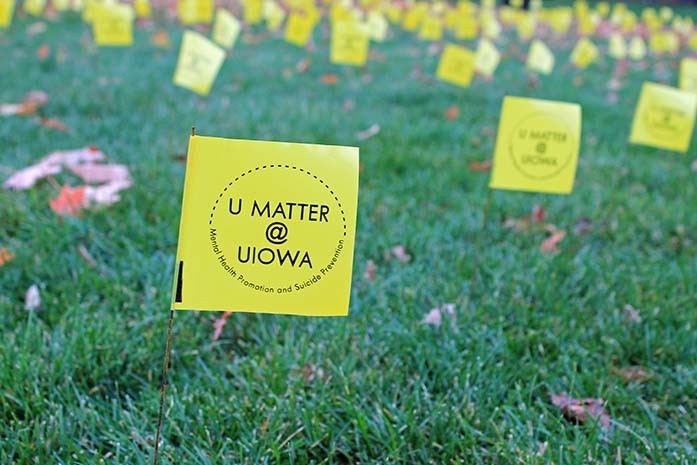I have lived with depression for nearly 10 years. In middle school, I confided to a teacher about my pain after bursting into tears in his classroom. He told me apathetically, “Puberty can do that to people.” In high school, I opened up to my friend after weeks of building the courage to do so. “Stop being so dramatic,” she sighed, before changing the subject to our math homework.It was not until college when I finally confided in someone who listened to me, believed me, and supported me. Having that support saved my life.
Over a month ago, Netflix’s highly controversial series “13 Reasons Why” premièred. The show, based on the novel by Jay Asher, tells the story of Hannah Baker, a high-school student who commits suicide.
The hugely popular show has sparked controversy for a multitude of reasons.
The show neglects to delve into the psychology of suicide, instead portraying Hannah’s death as a direct result of bullying and sexual abuse. There is no argument that the types of abuse Hannah suffers are deeply harmful, but the show could have gone further to show the depth of how these events affect Hannah internally. By focusing more attention on the world around Hannah than what is happening in her mind, the series oversimplifies mental illness. Suicide is a deeply complex issue that cannot be understood by pointing blame or seeking simple answers.
Others argue that the show glorifies Hannah’s suffering. Certain episodes contain graphic footage of suicide and rape, the shock factor seeming more important for the show than taking an opportunity to adequately address mental illness and the harm caused by sexual crimes. Many warn those vulnerable to suicidal thinking not to watch.
Conversely, others view the show as an opportunity to ignite critical conversations. Seeing mental illness through the lens of a story he or she can relate to and empathize with creates a personal bond between viewer and story. This bond invites teenagers to engage in conversation that they might not otherwise be comfortable pursuing. Starting the conversation is the first step to ending the stigma.
As much as “13 Reasons Why” is problematic (and it is), the show is critically important. According to the American Psychological Association, suicide is the second-leading cause of death for people ages 15-24. Suicide is an epidemic that absolutely must be addressed. It is pote-ntially life-saving for someone suffering to feel like they can be honest and open without facing judgment or stigma.
If this show had been around when I was a teenager, I believe the conversations I had might have turned out differently. I believe my friend would have been more inclined to listen.



